
1. Start the computer: Restart the computer and press the F12 or DEL key at startup to enter the BIOS settings. Select the startup device: In the BIOS settings, select Boot from the optical drive or USB device. Install Windows 7: Follow the prompts of the installation wizard to complete the installation process.
2. How to change the computer system? First of all, you need to know that there are several ways to install the computer system, including CD-ROM installation method, USB disk installation method, hard disk installation method, etc. Next, let's talk about the method of installing the hard disk system.
3. When using the computer, if you want to directly replace the xp system with the win7 system, you can make a USB boot disk of the win7 system, and then reinstall the system directly through the USB boot disk. After making the boot disk, you can install the win7 system by backing up the important data of the computer.
4. Go to the official website of Baiyun one-click reinstall system (: baiyunxitong.) Download the software; install and open the software; click one-click fast reinstall, then select the system you want, and click install the installed version.
5. If you need to replace the system of the XP system, just install other versions of the system.
6. Question 6: How to switch the system preferences in Mac OS X on Apple computer dual systemsThere is a boot disk in it. Select windows or boot Camp in it and lock the lock. It will be windows every time you restart. There is also a Boot Camp option in the control panel of XP.
1. Huawei mobile phones adopt a more intelligent memory management system. In addition to displaying mobile phone memory, Huawei mobile phones can also display other system resources, such as CPU, GPU, etc., so that users can more conveniently understand the overall operation of the mobile phone.
2. Other storage space occupied in it includes: Android operating system, installed applications, files created by applications and slowStorage files, just like a computer, the operating system and installed applications will occupy a certain amount of memory, and the installation and use of applications will generate other types of files.
3. System resources: including CPU idle percentage, physical memory consumption, hard disk idle layer, network card, sound card, etc., and the comprehensive busy layer of hardware status on all computers. Occupying system resources, that is, the running program occupies the busy layer of CPU, hard disk, memory and other hardware.
4. "Other" refers to files that cannot be recognized by the system. Others are generally some data files, such as some data packets, junk files, caches, etc.
1. The first type: 1) Right-click on the desktop computer icon and select properties on the pop-up menu. 2) Select the advanced system settings in the open window, and click the settings in the startup and failover column below. 3) Remove the check mark before "Displaying the operating system list" to hide the list.
2. In this window, select the "Boot" column. If your computer has multiple systems, you will see several, and then delete what you don't want, as shown in the figure.
3. First, open the "Run" program from the "Start" menu, enter the msconfig.exe command in the running program editing box, and enter the system configuration utility.
4. First, turn on the computer, enter the desktop, and right-click at the "Start" icon in the lower left corner.In the open menu, select the "Run" option. Pop up the "Run" window, enter the "msconfig" command, click "OK" or enter directly.
5. At the beginning of the system, click Start, find the attachment, and open "Run" inside. In the running interface, enter "msconfig" and click the "OK" button; open the "System Configuration" interface and open "Boot" in the interface panel.
6. The specific method is as follows: right-click My Computer and select Open Properties; click "Advanced System Settings" in the upper left corner; under the "Advanced" tab, click the "Settings" button in the "Startup and Troubleshooting" column; click the drop-down box below the default operating system, select the default system, and Click OK.
1. In the mobile phone, other storage space usually refers to files and data that do not belong to installed applications, photos, videos, audio, documents and other types. These files may be temporary files, cache files, system files and log files, etc.
2. The [other] classification in the mobile phone capacity is mainly the cache files of the mobile phone, which are divided into the following categories: cache directory folder path: c: /System/cache, which can be emptied regularly. Temporary directory It is recommended to empty all temporary folder directories.
3. "Others" refers to the storage space occupied except for music, videos, pictures, documents, installation packages and compressed packages, such as mobile phone download programs.Leftover buffer files or unrecognizable files, as well as cache files that run automatically in mobile phone systems, programs, etc.
4. Mobile phone system memory, that is, mobile phone running memory (RAM), is used to temporarily store the computing data in the CPU and the data exchanged with external memory such as hard disks. The "running memory" of the mobile phone is equivalent to the memory (or memory strip) of the computer. The larger the "running memory" of the mobile phone, the more programs the mobile phone can run multiple programs smoothly.
5. "Others" refers to the storage space occupied except for music, videos, pictures, documents, installation packages and compressed packages. Such as buffer files or unrecognizable files left by mobile phone download programs, as well as cache files that run automatically in mobile phone systems, programs, etc.

How to align trade strategy with data-APP, download it now, new users will receive a novice gift pack.
1. Start the computer: Restart the computer and press the F12 or DEL key at startup to enter the BIOS settings. Select the startup device: In the BIOS settings, select Boot from the optical drive or USB device. Install Windows 7: Follow the prompts of the installation wizard to complete the installation process.
2. How to change the computer system? First of all, you need to know that there are several ways to install the computer system, including CD-ROM installation method, USB disk installation method, hard disk installation method, etc. Next, let's talk about the method of installing the hard disk system.
3. When using the computer, if you want to directly replace the xp system with the win7 system, you can make a USB boot disk of the win7 system, and then reinstall the system directly through the USB boot disk. After making the boot disk, you can install the win7 system by backing up the important data of the computer.
4. Go to the official website of Baiyun one-click reinstall system (: baiyunxitong.) Download the software; install and open the software; click one-click fast reinstall, then select the system you want, and click install the installed version.
5. If you need to replace the system of the XP system, just install other versions of the system.
6. Question 6: How to switch the system preferences in Mac OS X on Apple computer dual systemsThere is a boot disk in it. Select windows or boot Camp in it and lock the lock. It will be windows every time you restart. There is also a Boot Camp option in the control panel of XP.
1. Huawei mobile phones adopt a more intelligent memory management system. In addition to displaying mobile phone memory, Huawei mobile phones can also display other system resources, such as CPU, GPU, etc., so that users can more conveniently understand the overall operation of the mobile phone.
2. Other storage space occupied in it includes: Android operating system, installed applications, files created by applications and slowStorage files, just like a computer, the operating system and installed applications will occupy a certain amount of memory, and the installation and use of applications will generate other types of files.
3. System resources: including CPU idle percentage, physical memory consumption, hard disk idle layer, network card, sound card, etc., and the comprehensive busy layer of hardware status on all computers. Occupying system resources, that is, the running program occupies the busy layer of CPU, hard disk, memory and other hardware.
4. "Other" refers to files that cannot be recognized by the system. Others are generally some data files, such as some data packets, junk files, caches, etc.
1. The first type: 1) Right-click on the desktop computer icon and select properties on the pop-up menu. 2) Select the advanced system settings in the open window, and click the settings in the startup and failover column below. 3) Remove the check mark before "Displaying the operating system list" to hide the list.
2. In this window, select the "Boot" column. If your computer has multiple systems, you will see several, and then delete what you don't want, as shown in the figure.
3. First, open the "Run" program from the "Start" menu, enter the msconfig.exe command in the running program editing box, and enter the system configuration utility.
4. First, turn on the computer, enter the desktop, and right-click at the "Start" icon in the lower left corner.In the open menu, select the "Run" option. Pop up the "Run" window, enter the "msconfig" command, click "OK" or enter directly.
5. At the beginning of the system, click Start, find the attachment, and open "Run" inside. In the running interface, enter "msconfig" and click the "OK" button; open the "System Configuration" interface and open "Boot" in the interface panel.
6. The specific method is as follows: right-click My Computer and select Open Properties; click "Advanced System Settings" in the upper left corner; under the "Advanced" tab, click the "Settings" button in the "Startup and Troubleshooting" column; click the drop-down box below the default operating system, select the default system, and Click OK.
1. In the mobile phone, other storage space usually refers to files and data that do not belong to installed applications, photos, videos, audio, documents and other types. These files may be temporary files, cache files, system files and log files, etc.
2. The [other] classification in the mobile phone capacity is mainly the cache files of the mobile phone, which are divided into the following categories: cache directory folder path: c: /System/cache, which can be emptied regularly. Temporary directory It is recommended to empty all temporary folder directories.
3. "Others" refers to the storage space occupied except for music, videos, pictures, documents, installation packages and compressed packages, such as mobile phone download programs.Leftover buffer files or unrecognizable files, as well as cache files that run automatically in mobile phone systems, programs, etc.
4. Mobile phone system memory, that is, mobile phone running memory (RAM), is used to temporarily store the computing data in the CPU and the data exchanged with external memory such as hard disks. The "running memory" of the mobile phone is equivalent to the memory (or memory strip) of the computer. The larger the "running memory" of the mobile phone, the more programs the mobile phone can run multiple programs smoothly.
5. "Others" refers to the storage space occupied except for music, videos, pictures, documents, installation packages and compressed packages. Such as buffer files or unrecognizable files left by mobile phone download programs, as well as cache files that run automatically in mobile phone systems, programs, etc.

Customs procedure optimization
author: 2024-12-24 02:20Trade data solutions for freight forwarders
author: 2024-12-24 01:47HS code metrics for performance dashboards
author: 2024-12-24 01:27Real-time cargo route adjustments
author: 2024-12-24 00:14Enhanced supplier vetting processes
author: 2024-12-23 23:46Mineral fuels HS code data analysis
author: 2024-12-24 02:23Pharmaceutical HS code compliance in India
author: 2024-12-24 01:43How to adapt to shifting trade policies
author: 2024-12-24 00:11Apparel import export statistics
author: 2024-12-23 23:55 How to standardize trade documentation
How to standardize trade documentation
898.59MB
Check Functional foods HS code verification
Functional foods HS code verification
456.48MB
Check HS code-based customs dispute resolution
HS code-based customs dispute resolution
756.46MB
Check Global supply chain security insights
Global supply chain security insights
143.54MB
Check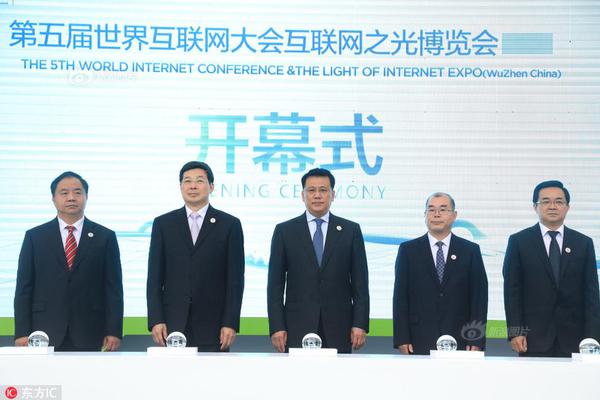 Germany international trade insights
Germany international trade insights
513.44MB
Check Global trade compliance dashboards
Global trade compliance dashboards
423.95MB
Check How to align trade data with marketing
How to align trade data with marketing
899.25MB
Check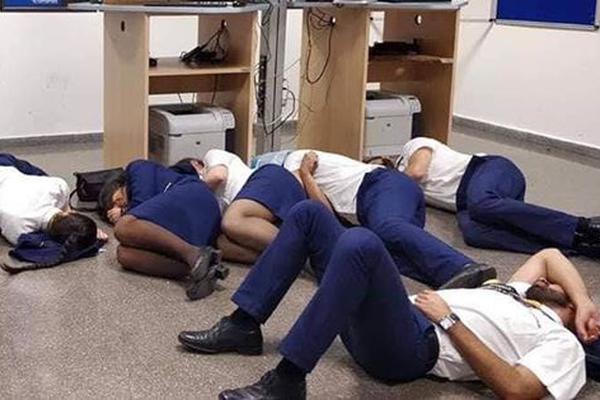 Global trade documentation templates
Global trade documentation templates
841.51MB
Check Pharma cold chain HS code analysis
Pharma cold chain HS code analysis
985.38MB
Check Global trade shipping route optimization
Global trade shipping route optimization
663.93MB
Check Trade data-driven transport mode selection
Trade data-driven transport mode selection
953.29MB
Check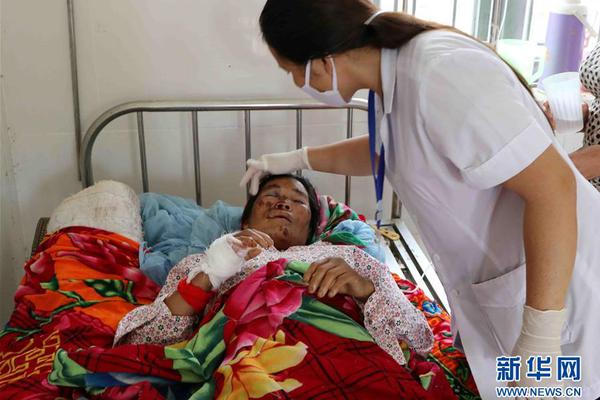 Global supply chain risk assessment
Global supply chain risk assessment
782.91MB
Check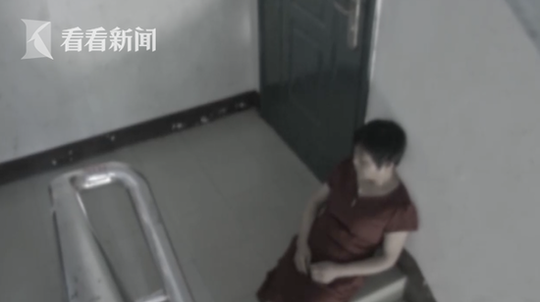 HS code accuracy for automotive exports
HS code accuracy for automotive exports
764.71MB
Check Holistic international trade reports
Holistic international trade reports
914.23MB
Check Global trade scenario planning
Global trade scenario planning
999.41MB
Check Predictive analytics for supplier risks
Predictive analytics for supplier risks
641.63MB
Check Global trade customs valuation analysis
Global trade customs valuation analysis
827.79MB
Check Asia trade analytics platform
Asia trade analytics platform
581.89MB
Check Data-driven export licensing compliance
Data-driven export licensing compliance
437.24MB
Check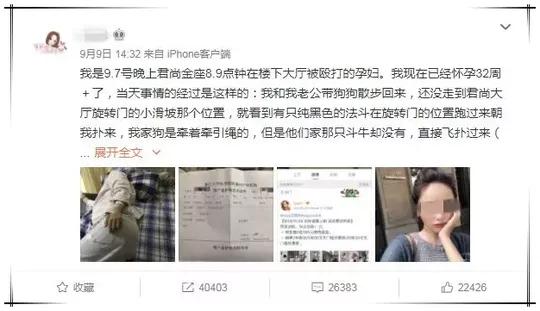 HS code-based broker fee negotiations
HS code-based broker fee negotiations
372.53MB
Check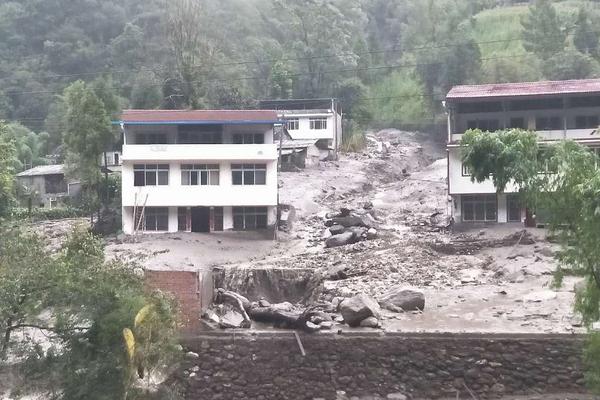 Global HS code standardization efforts
Global HS code standardization efforts
368.93MB
Check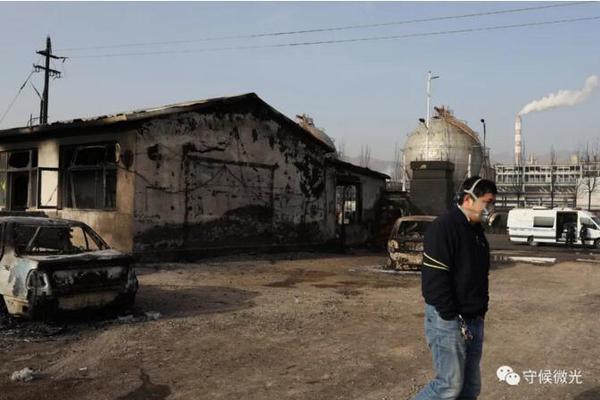 How to navigate non-tariff barriers
How to navigate non-tariff barriers
245.27MB
Check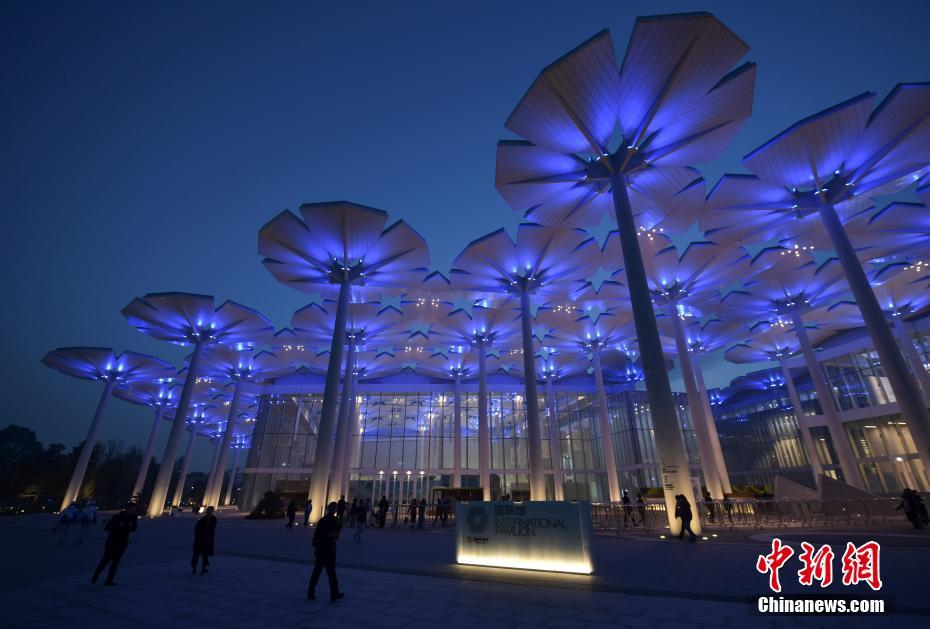 Pharma cold chain HS code analysis
Pharma cold chain HS code analysis
248.49MB
Check HS code-based transport cost modeling
HS code-based transport cost modeling
561.94MB
Check Global trade reporting frameworks
Global trade reporting frameworks
399.77MB
Check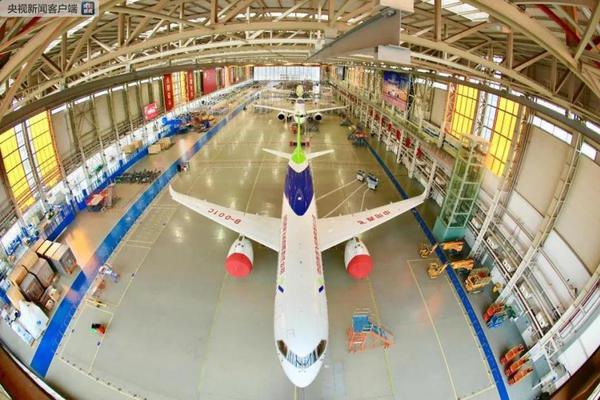 HS code-based customs broker RFPs
HS code-based customs broker RFPs
458.71MB
Check global trade intelligence
global trade intelligence
882.24MB
Check HS code-based supply chain digitization
HS code-based supply chain digitization
979.27MB
Check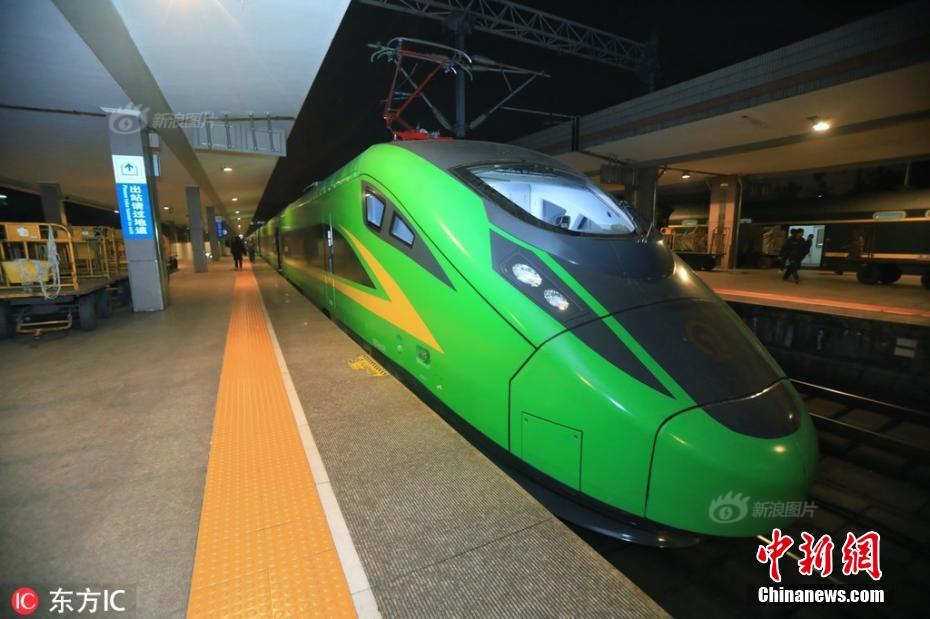 Comparing duty rates across markets
Comparing duty rates across markets
798.61MB
Check European Union HS code verification
European Union HS code verification
771.35MB
Check Industry-specific trade growth forecasts
Industry-specific trade growth forecasts
523.76MB
Check Long-tail trade keyword research
Long-tail trade keyword research
935.81MB
Check Tire imports HS code classification
Tire imports HS code classification
312.12MB
Check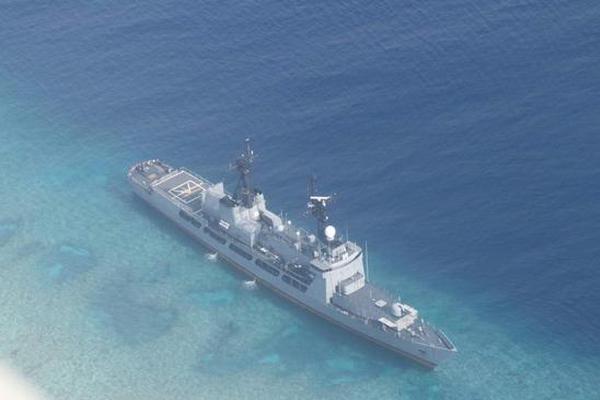 AI-driven trade data analytics
AI-driven trade data analytics
733.42MB
Check Pharmaceutical compliance monitoring
Pharmaceutical compliance monitoring
726.14MB
Check Trade data for chemical imports
Trade data for chemical imports
421.95MB
Check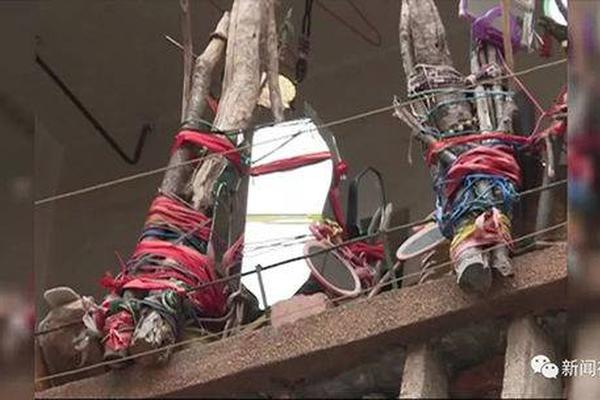
Scan to install
How to align trade strategy with data to discover more
Netizen comments More
80 HS code-driven landed cost estimation
2024-12-24 02:17 recommend
1052 HS code compliance for Nordic countries
2024-12-24 02:15 recommend
1675 How to reduce transit time variability
2024-12-24 02:12 recommend
2416 HS code-based invoice validation
2024-12-24 01:01 recommend
1625 Sawmill products HS code references
2024-12-24 00:47 recommend